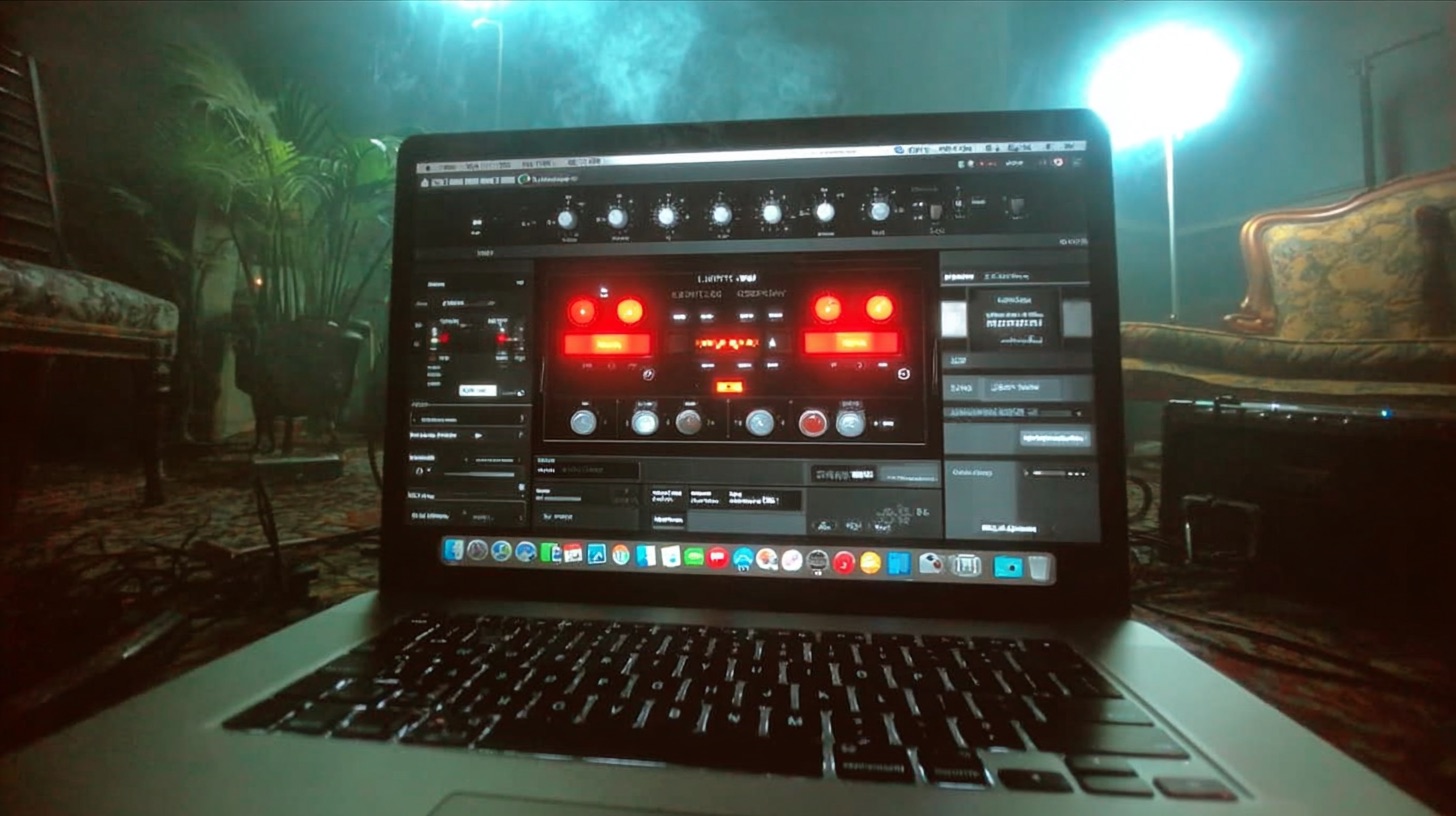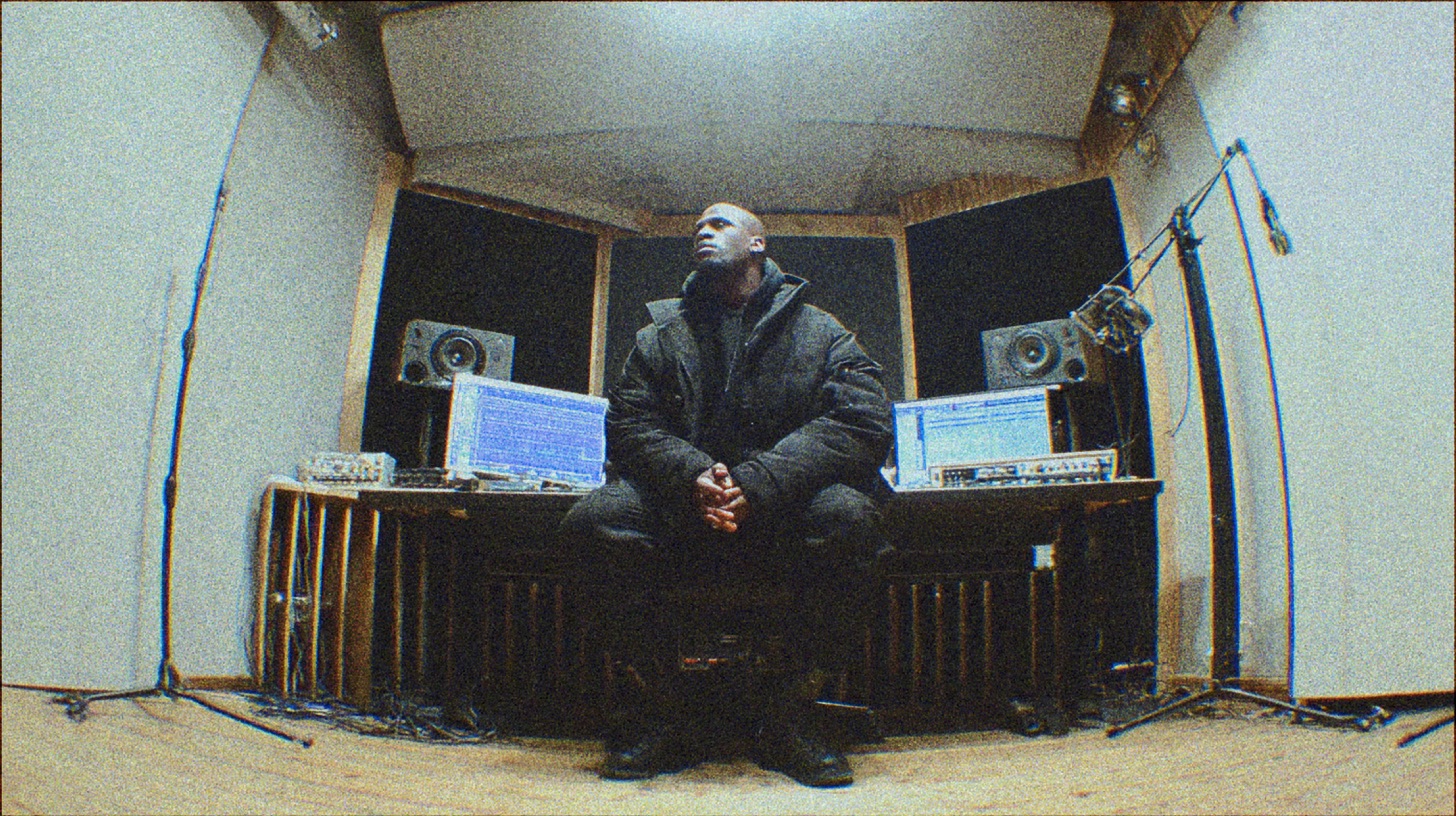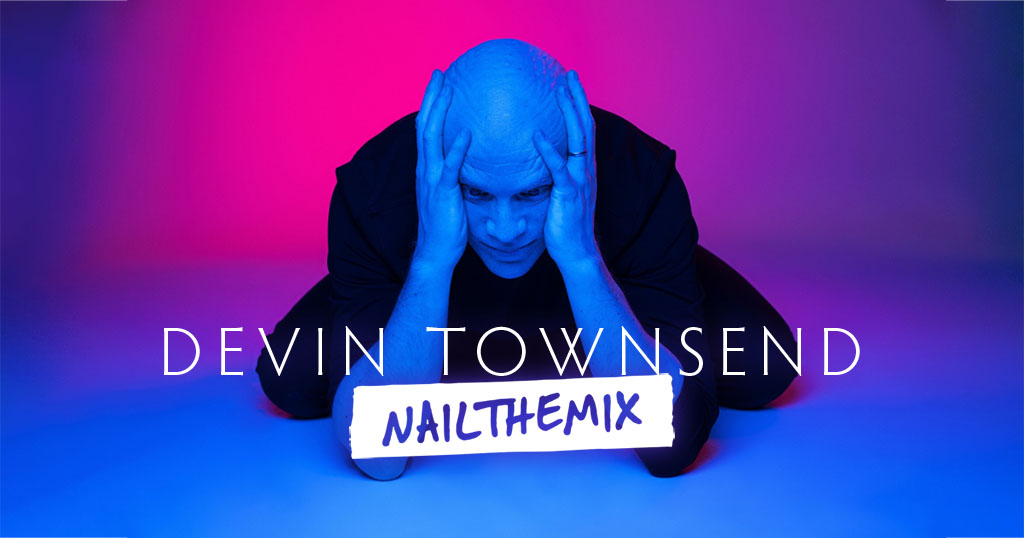
Crafting Zenith Passage’s Brutal Amp Sim Tones with Dave Otero
Nail The Mix Staff
Getting a professional, crushing metal guitar tone entirely “in the box” used to feel like a compromise. But let’s be real, the game has changed. When you hear the surgical precision and sheer aggression of a band like The Zenith Passage, you’re hearing the power of modern plugins pushed to their absolute limit.
We got a front-row seat as legendary producer Dave Otero (Flatline Audio) worked on The Zenith Passage’s guitars during his Nail The Mix session. Forget the idea that you need a wall of tube amps to sound massive. Dave shows how to build a world-class sound using amp sims, custom IRs, and some clever blending techniques that you can apply to your own mixes today.
The Modern Metal Foundation: Killer Tones from a Plugin
The starting point for The Zenith Passage’s tone wasn’t a vintage amp head, but a high-gain plugin—the Fortin Cali Suite. This is key: the band themselves developed their signature sound using plugins. It’s an integral part of their sound, not just a stand-in for a “real” amp.
This approach is more accessible than ever. You don’t need a treated live room or a cranky amp to get a tone that’s 99% of the way there. With powerful hardware modelers like the Quad Cortex or a laptop running your favorite amp sim, you can practice, write, and record with a tone that’s incredibly close to the final album sound. There’s no excuse not to have an inspiring tone from the moment you plug in.
EQ Your Amp Sims Like a Pro
Once you have a solid core tone from your amp sim, the first step is almost always some surgical EQ. Working on the Zenith Passage tracks, Dave immediately reached for a trusty tool like the FabFilter Pro-Q 3 and made what he calls “standard moves”—the kind of essential carving every heavy guitar tone needs.
The Essential EQ Framework
Think of this as the fundamental cleanup that makes space for everything else in a dense metal mix.
- High-Pass Filter: The first move is to cut the mud. Use a high-pass filter to roll off the unnecessary low-end rumble below 80-120Hz. This tightens up the low end and keeps the guitars from fighting with the bass and kick drum.
- Low-Pass Filter: On the other end of the spectrum, a low-pass filter tames the harsh, “fizzy” top end that can make digital distortion sound brittle. Rolling off everything above 8-12kHz can clean things up immensely without losing aggression.
- The Mid-Scoops: This is where the real sculpting happens. Dave focuses on two key areas:
- Low-Mids: A cut somewhere in the 200-500Hz range can remove the “boxy” or “muddy” character that clutters up a mix.
- Upper-Mids: Another cut in the 2-5kHz range can tame harshness and prevent the guitars from sounding thin or piercing, making room for vocals and snare crack.
These basic moves create a solid, mix-ready foundation. For a deeper dive into these techniques, check out our guide to EQ Strategies for Mixing Modern Metal.
Level Up Your Tone with Custom Impulse Responses
Here’s where things get interesting. Even with a killer tone from the Fortin Cali, Dave wanted to experiment by introducing his own custom Impulse Responses (IRs). An IR is a sonic snapshot of a speaker cabinet, microphone, and preamp, and swapping them out is one of the most powerful ways to reshape a guitar tone.
He used what he called “probably the sickest IR loader”—ML Sound Lab’s Amped—which not only loads IRs but also has a powerful built-in EQ. He loaded up an IR he created from his own cabinet, rendered a new version of the guitar tracks, and compared it to the original.
The takeaway? Don’t just settle for the stock speaker sims. Experimenting with third-party or custom IRs can completely transform the character of your amp sim and help you find a truly unique sound.
The Art of Blending: Combining IRs for a Unique Sound
This is the pro move that can take your tones to the next level. Instead of choosing one IR over the other, Dave decided to blend them.
Finding the Perfect Balance
After A/B-ing the two sounds, Dave noticed he liked different things about each one. His custom IR had a top-end character he preferred, but the original Fortin Cali IR had a cool saturation in the low-end.
The solution? Use both. He kept both sets of guitar tracks—one processed with the original IR and one with his custom IR—and routed them to the same guitar bus. By carefully blending the faders, he created a hybrid tone that had the best qualities of each.
Don’t Forget Phase Alignment!
When you’re blending two similar sources like this, checking the phase relationship is absolutely critical. Even though these are DI tracks processed with different IRs, tiny timing differences can cause phase cancellation, resulting in a thin, weak sound, especially in the low-mids.
Dave used Sound Radix Auto-Align to analyze the two sets of tracks. The tool detected the subtle differences and corrected them. The result was a “slightest improvement in the low mids,” making the blended sound feel more direct, solid, and punchy. It’s a subtle but crucial step for achieving maximum impact.
Putting It All Together in the Mix
With the new, powerful hybrid tone dialed in, the final steps are about making it fit. Dave balanced the levels of the blended tracks, making sure to pull the faders down to create plenty of headroom on the main guitar bus. This prevents clipping and allows room for further bus processing.
Once your tone is shaped and sits well with the bass and drums, you can think about overall dynamics. While not covered in this clip, this is often the stage where you’d use subtle bus compression to glue the multiple guitar tracks together, making them feel like a single, cohesive wall of sound.
The Zenith Passage on Nail The Mix
Dave Otero mixes "Algorithmic Salvation"
Get the Session
These in-the-box techniques are exactly what modern metal production is all about. It’s not about having the most expensive gear, but about using the powerful tools you have with intention and creativity.
Want to see exactly how Dave Otero dialed in these tones, set up his guitar bus, and mixed them with the crushing bass and drums? You can watch his entire 8-hour mixing session and download the raw multitracks from The Zenith Passage when you join the Nail The Mix community. See how the pros unlock their sound and apply their techniques to your own music.
Get a new set of multi-tracks every month from a world-class artist, a livestream with the producer who mixed it, 100+ tutorials, our exclusive plugins and more
Get Started for $1






